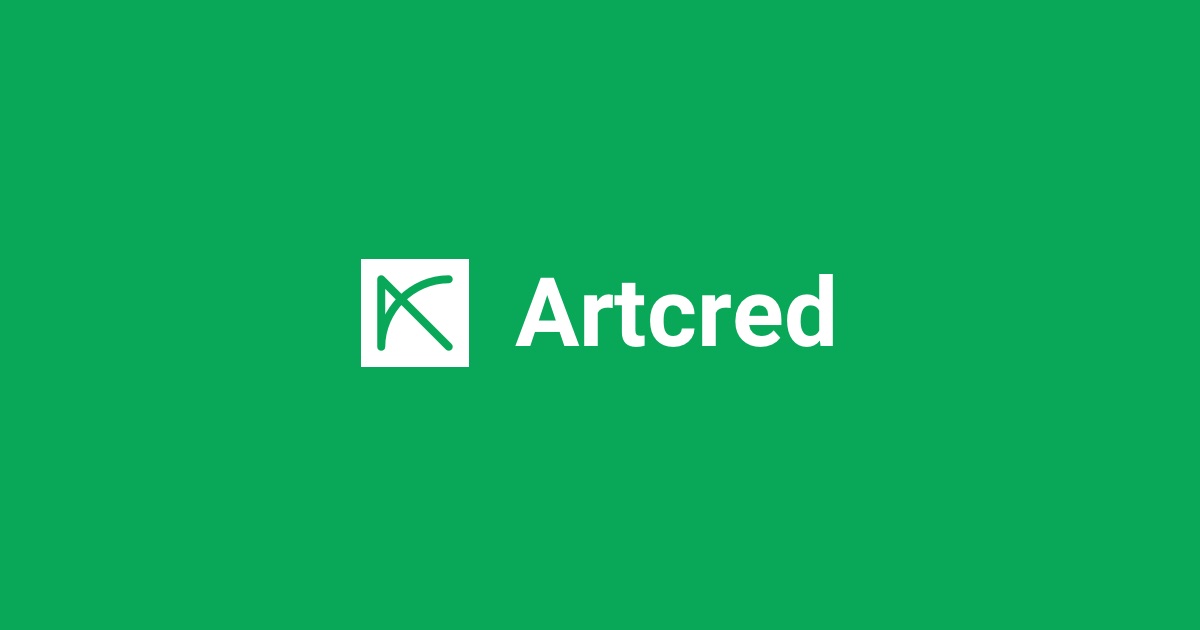
Artcred
New York, NY
June 2016
Role: Designer, developer and co-creator of Artcred (formerly Debtdom), a real-time collaborative trading simulation for the art market, part of the Debt Positive show at Flux Factory.
Skills used: Meteor, AngularJS, SASS, Javascript, Scala, HTML, Git Flow
Interesting challenges: Live, real-time data visualization of art market trades using Angular and SVG.
Description
Artcred makes investing in art convenient and fun. Start growing your wealth quickly with the click of a button and trade art in real time with other investors. We empower anyone to make art work for them.
Artcred is a project by PEEP, a collaboration between Paul Esposito and Evan Paschke. PEEP develops emergent connections between technology, economy and ideology.
Project repo on github.
The Simulation

Artwork in the gallery is for sale in the simulation. Participants aim to ‘grow their wealth’ and increase their credit worthiness by buying and selling artwork with credit and loans.
Participants are named Investors in the simulation. They opt-in by sending a text to the simulation and are given a starting credit score and virtual money (collateral).
Investors take out loans to buy artwork
The artwork in the gallery costs far more than the funds given to Investors, so Investors request a loan from the simulation bank to purchase artwork. The bank may approve or deny the Investors request based on their credit score and funds. For approved loans, Investors have an allotted time to close the loan before it defaults.
Resale of artwork closes the previous owners loan
In the simulation, artwork is always for sale even though it may be ‘owned.’ The resale of artwork automatically closes the loan with the previous owner. If no other investor attempts to buy the artwork before their loan defaults, the bank repossesses the artwork.
Demand drives price
An artwork’s price surges (artwork becomes “hot”) after it sells. Over time, the price falls to the initial value. There is a point where the investor ‘breaks even,’ where the artworks price matches the loan (principle + interest). The fast resale of artwork drives price and profit for the Investor. If the bank repossesses an artwork, the value of the artwork reverts to its base price.
Free Market Utopia
This simulation runs an unregulated, high speed market intended to both exemplify and parody accelerationist concepts of intensity, speed and freedom. Think of the simulation as setting up a virtual freeport in a gallery’s physical space.
Theory
Market value indicates attention. The market value of an artwork surges after a sale and falls slowly back to its principle sale value over time. Meanwhile, the interest owed increases over time. If the investor fails to sell the artwork in the loan period, the bank possesses the artwork (covering the principle) and the investor pays the bank the interest owed. If the artwork sells before the loan period ends, the bank is paid principle and interest, and remaining funds go to the investor.
The loan period is based on supply (the number of artworks in the collection) and demand (number of active investors).
Period ∝ Artworks / Investors
Period varies with number of artworks, inversely with number of investors.